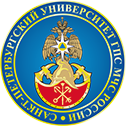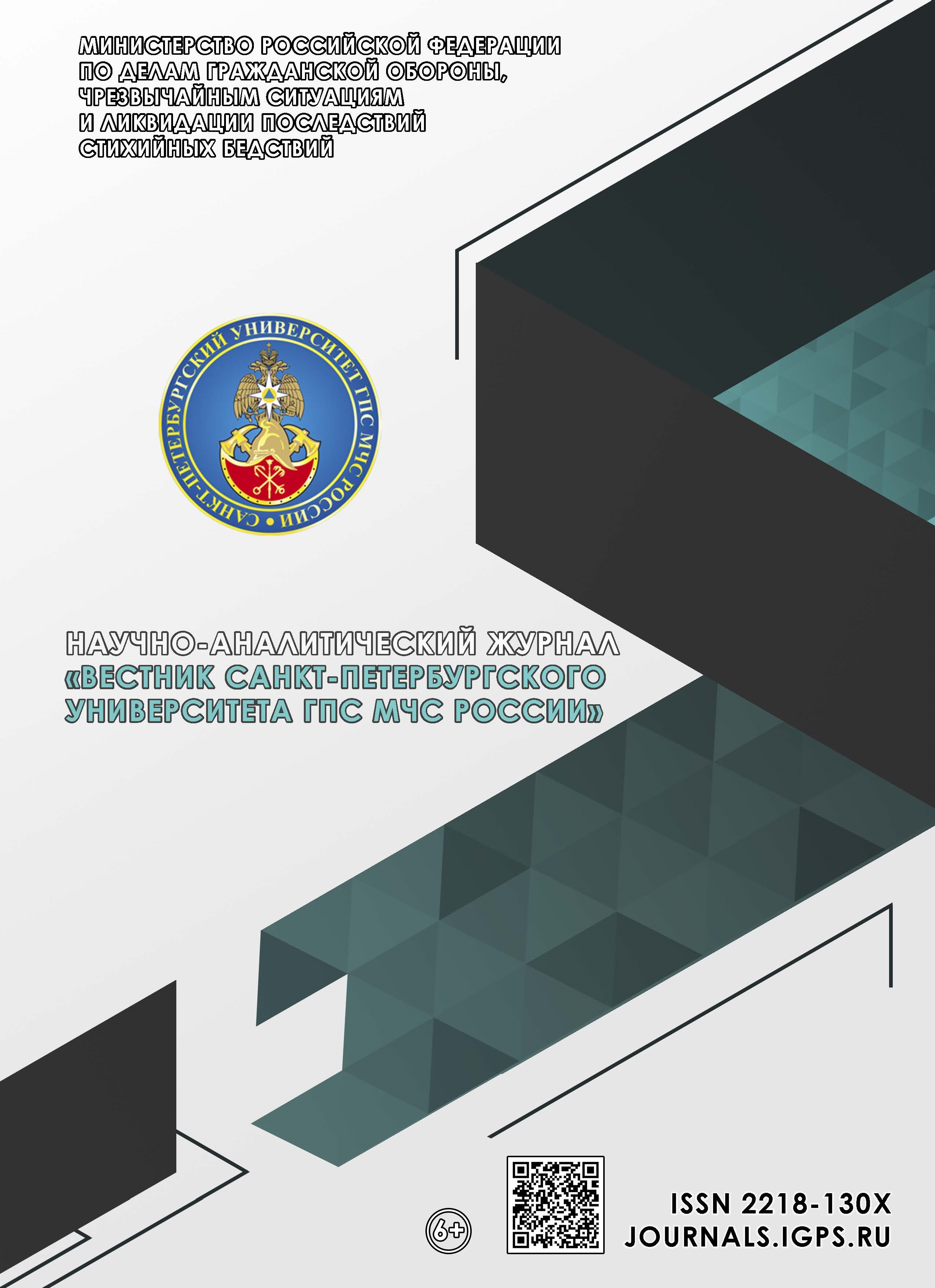Russian Federation
employee
Russian Federation
Kyrgyzstan
The article analyzes theoretical data on underground fires at solid industrial waste landfills. The main factors influencing spontaneous combustion processes at landfills are the presence of humidity, oxygen, microorganisms, which significantly contributes to an increase in the temperature regime in the thickness of the soil massif. The inefficiency of extinguishing an industrial waste landfill with water is substantiated. Widely used methods and fire extinguishing compositions do not always have the desired effect in extinguishing subsurface sources of combustion of industrial waste. Full-scale tests were carried out at a landfill for the disposal of waste from the production of rubber products. A method for extinguishing deep combustion of industrial waste is proposed, as well as a formula for the developed fire extinguishing suspension. It is determined that the applied method of supplying the resulting fire extinguishing suspension will reduce the access of oxygen to the source of combustion and thereby significantly reduce the combustion temperature. The advantages of the extinguishing method with a new composition based on a phosphorus-containing suspension and perlite, and antioxidants are considered.
industrial waste landfill, waste ignition, microbiological spontaneous combustion, ignition temperature, combustion of rubber products, full-scale tests, phosphorus-containing additives, perlite, fire retardants
1. Zavizion Yu., Slyusar' N., Korotaev V. Geoekologicheskaya ocenka sostoyaniya poligonov zahoroneniya tverdyh kommunal'nyh othodov // Ekologiya i promyshlennost' Rossii. 2019. № 23 (8). S. 50–56.
2. Hajdarov A.A, Koroleva L.A., Smirnov A.S. Prognozirovanie vozniknoveniya i rasprostraneniya podzemnyh pozharov na poligonah tverdyh kommunal'nyh othodov // Nauch.-analit. zhurn. «Vestnik S.-Peterb. un-a GPS MCHS Rossii». 2022. № 4. S. 41–50.
3. Muleya M., Hinchliffe G., Petterson M. The environmental impact of landfill fires and their contaminant plumes at the Chunga landfill site // African Journal of Environmental Science and Technology. 2021. № 15 (12). P. 569–579. DOI:https://doi.org/10.5897/AJEST2021.3008.
4. Ashihmina T.V., Zhidova M.V. Monitoring pozharnoj opasnosti poligonov tverdyh kommunal'nyh othodov (TKO) s uchetom geoekologicheskih i mediko-ekologicheskih aspektov // Uspekhi sovremennogo estestvoznaniya. 2022. № 9. S. 21–27.
5. GOST R 54095–2010. Resursosberezhenie. Trebovaniya k ekobezopasnoj utilizacii otrabotavshih shin. M.: Standartinform, 2011. S. 34.
6. Andreeva E.S., Klimov P.V., Shtenske K.S. Zagryaznenie atmosfernogo vozduha kak odin iz faktorov nekancerogennogo riska zdorov'yu naseleniya Rostova-na-Donu // Geografiya i prirodnye resursy. 2021. T. 42. S. 32–36. DOI:https://doi.org/10.1134/S1875372821010030.
7. Pozharotushenie v promyshlennyh zdaniyah. Ser.: Pozharotushenie / V.V. Terebnev [i dr.]. M.: Pozhnauka, 2008. Kn. 2. 125 s.
8. Snizhenie pozharovzryvoopasnosti ob"ektov deponirovaniya othodov / T.G. Sereda [i dr.] // Pozharnaya bezopasnost'. 2008. № 3. S. 84–89.
9. Shadi Yu., Moqbel B.S. Characterizing spontaneous fires in Landfills. Jordan: M.S. Jordan University of Science & Technology, 2004.
10. Taubkin I.S. Mikrobiologicheskoe samovozgoranie kak prichina pozharov: metodicheskie rekomendacii dlya sledovatelej i ekspertov // Teoriya i praktika sudebnoj ekspertizy. 2016. № 4 (44). S. 73–85. DOI:https://doi.org/10.30764/1819-2785-2016-4-73-85.
11. Ityshev I.K., Potapova S.O. O problemah pozharnoj bezopasnosti tverdyh bytovyh othodov i mest ih hraneniya // Pozharnaya bezopasnost': problemy i perspektivy. 2018. T. 1. № 9. S. 292–300.
12. Detection and extinguishment approaches for municipal solid waste landfill fires: a mini review PMID: 37148210 / G.S. Manjunatha [et al.]. DOI:https://doi.org/10.1177/0734242X231168797.
13. Kudrin A.N., Roenko V.V., Halikov R.V. Sistema pozharotusheniya tvyordyh kommunal'nyh othodov na poligone vodnoj sredoj v metastabil'nom fazovom sostoyanii // Pozhary i chrezvychajnye situacii: predotvrashchenie, likvidaciya. 2023. № 4. S. 13–19. DOI:https://doi.org/10.25257/FE.2023.4.13-19.
14. Zybina O.A. Teoreticheskie principy i tekhnologiya ognezashchitnyh vspuchivayushchihsya materialov: dis. ... d-ra tekhn. nauk. SPb., 2015. 260 s.
15. Balakin V.M., Polishchuk E.Yu. Azot-fosforsoderzhashchie antipireny dlya drevesiny i drevesnyh kompozicionnyh materialov (literaturnyj obzor) // Pozharovzryvobezopasnost'. 2008. № 2. S. 43–51.
16. Kablov V.F., Kejbal N.A., Novopol'ceva O.M. Ogneteplozashchitnye polimernye materialy s funkcional'no-aktivnymi komponentami. Ch. 1. Volgograd: VolgGTU, 2016. S. 209.
17. Bobunova G.A. Ekologo-gigienicheskoe obosnovanie pokazatelej ocenki bezopasnosti ekspluatacii poligonov tverdyh bytovyh othodov: na primere Volgogradskoj oblasti: dis. ... kand. biol. nauk. M, 2010. S. 149.







